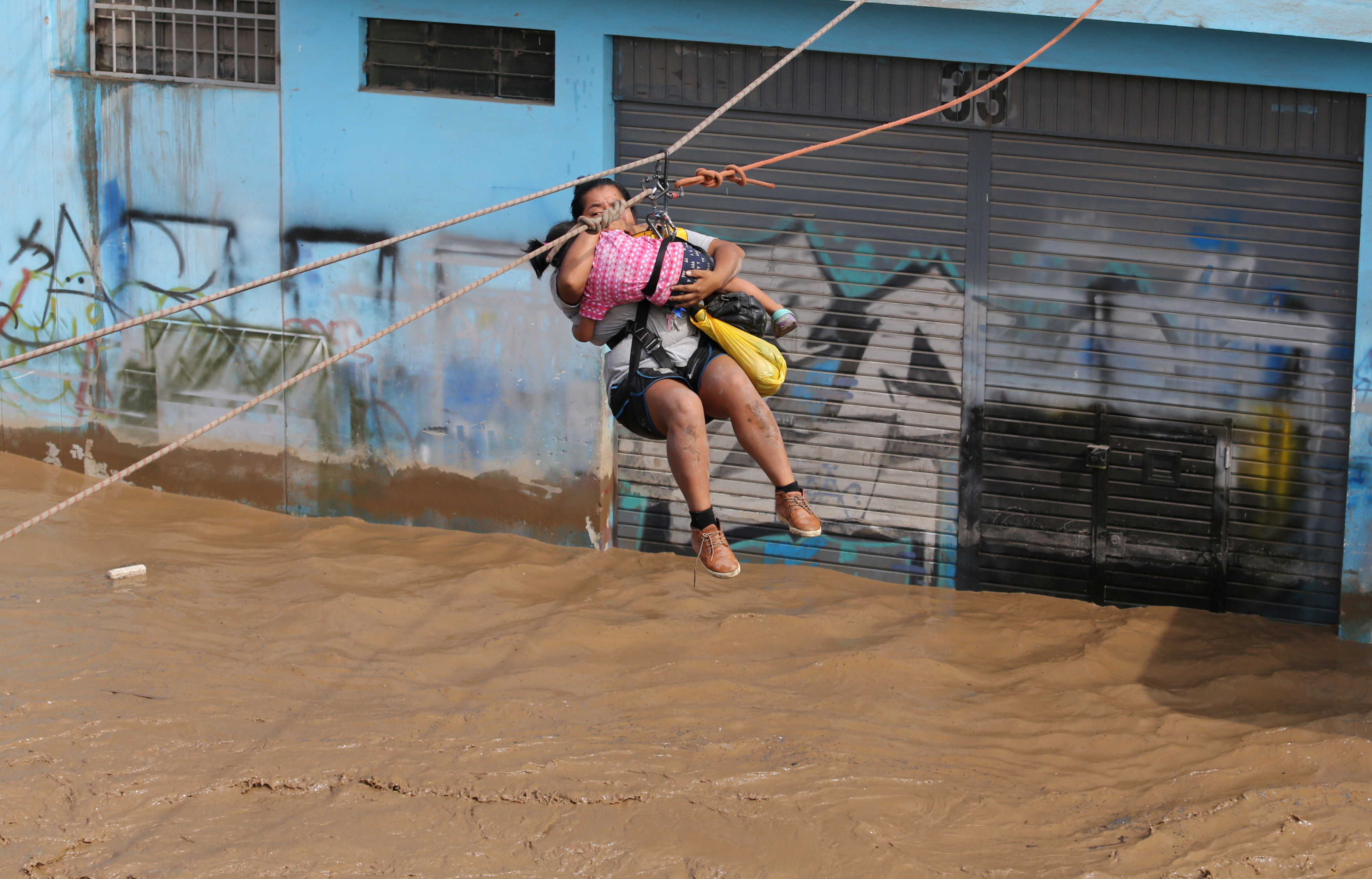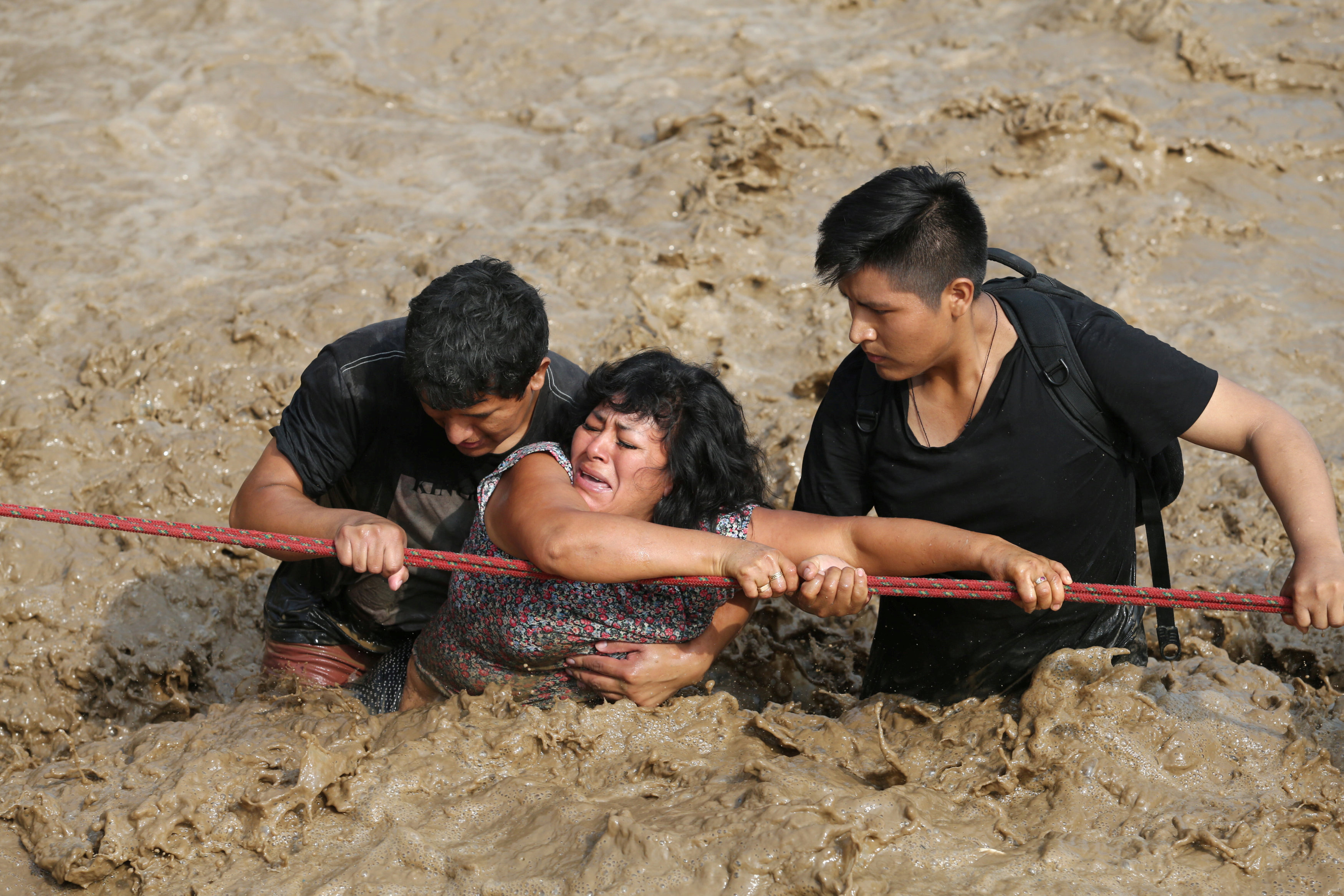
QUITO (Reuters) – Some 250 Venezuelans who illegally entered Ecuador to join tens of thousands fleeing a crisis at home have won safe passage to the Peruvian border, a few days before Peru’s government tightens its migration requirements.
Ecuadorean authorities said on Wednesday they had dispatched buses to take the migrants 840km from the Andean country’s northern border with Colombia to the Huaquillas coastal crossing with Peru.
This year 423,000 Venezuelans have entered Ecuador through the Rumichaca border, many planning to continue south to find work in Peru. Alarmed, Ecuador last Saturday put in place rules requiring Venezuelans to show passports, rather than just national identity cards. Peru will do the same beginning on Saturday.
Hundreds of migrants who began traveling days ago by bus and on foot through Colombia from Venezuela before the policy change crossed the Rumichaca checkpoint on Tuesday. They set out to walk and hitchhike, often in freezing conditions, to Huaquilla.
Maly Aviles, a 26-year-old Venezuelan, spent days on the Ecuador-Colombia border waiting with friends for a solution before the buses arrived.
“There is no way back. To return to Venezuela is suicidal,” she said.
Venezuela’s economy has been in steep decline and there are periodic waves of protests against the socialist government of President Nicolas Maduro. Maduro argues that he is the victim of a Washington-led “economic war” designed to sabotage his administration through sanctions and price-gouging.
The chaos has forced many to flood across the borders in search of work, food, and basic healthcare. This has stretched social services, created more competition for low-skilled jobs and stoked fears of increased crime.
The governor of Ecuador’s northern Pichincha province said more transfers would be organized for Venezuelans in the coming days.
“The Venezuelans have taken the decision to head for Peru and in Ecuador we must guarantee their rights. It’s a humanitarian crisis,” he told a local radio station.
(Reporting by Daniel Tapia; Writing by Angus Berwick; Editing by Leslie Adler)








